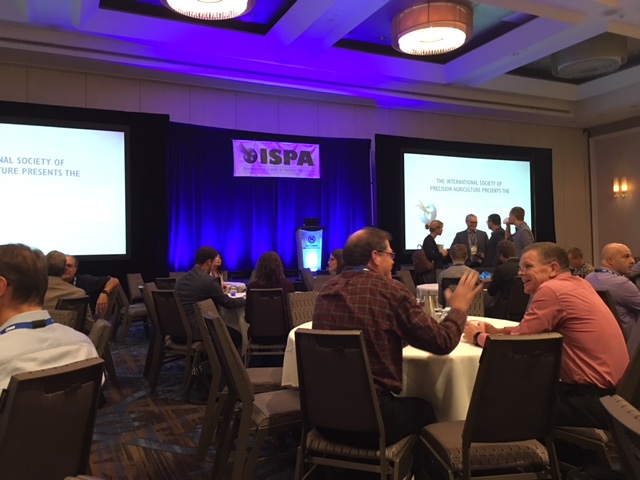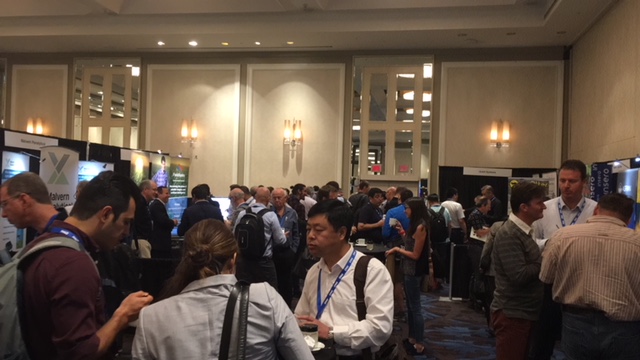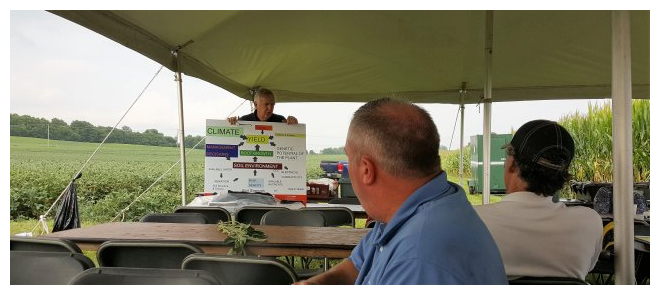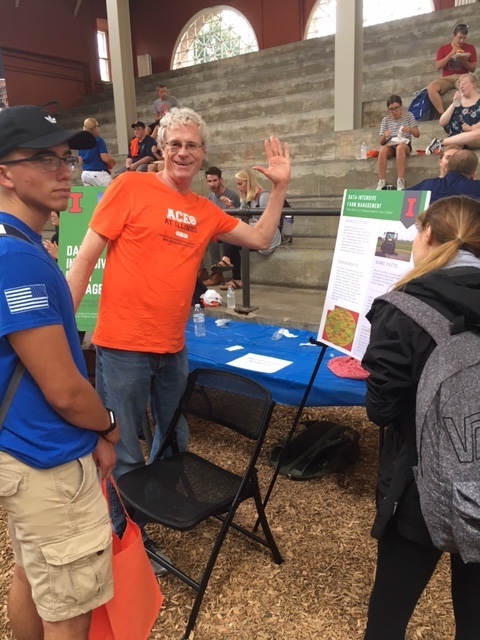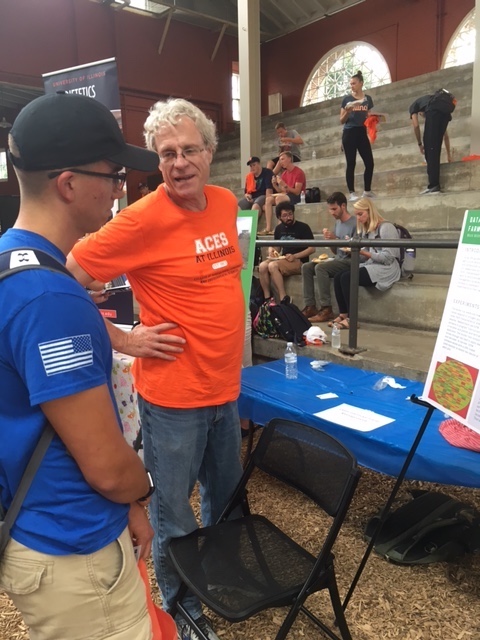
Laila Puntel, of Iowa State University, and Brittani Edge and Aolin Gong, of the University of Illinois, presented at the 14th International Conference on Precision Agriculture in Montreal. Puntel stated, “It was great to see such a big community from all over the world…people from Australia, Germany, Belgium, South America, Canada, and US.”
In order to collaborate internationally, scientists from Curtin University in Australia organized a consortium for on-farm experimentation, to which Puntel was invited. This partnership will allow the DIFM project to be connected with OFE in different countries.
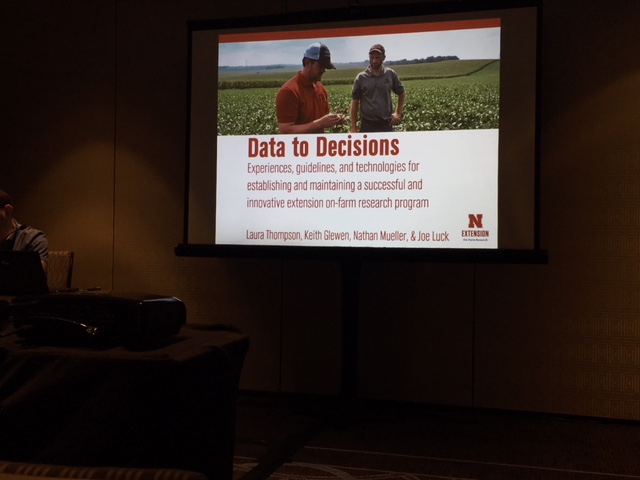
Montana State University- and University of Montana-based researchers affiliated with DIFM also shared their research: Amy Peerlinck, John Sheppard, and Bruce Maxwell gave a presentation titled “Using Deep Learning in Yield and Protein Prediction of Winter Wheat Based on Fertilization Prescriptions in Precision Agriculture,” and Bruce Maxwell, Paul Hegedus, Anton Bekkerman, Robert Payn, John Sheppard, Nicholas Silverman, and Clemente Izurieta gave a presentation titled, “Can Optimization Associated with On-Farm Experimentation Using On-Farm Experimentation Using Site-Specific Technologies Improve Producer Management Decisions?”
